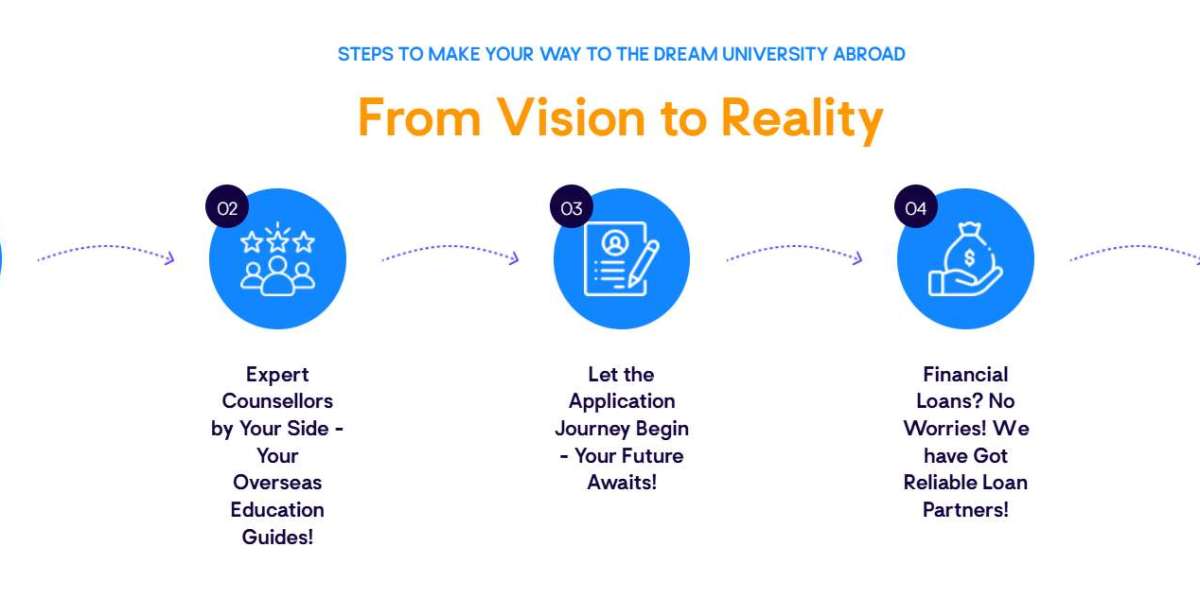Panic setting in with Halloween just around the corner and no costume in sight? You're certainly not alone. Across the UK, thousands of people find themselves scrambling for Halloween fancy dress solutions in the final days before October 31st, often assuming their only options involve expensive emergency purchases from overpriced seasonal retailers.
The reality, however, is far more encouraging. Some of the most creative and memorable Halloween costumes emerge from time pressure and limited resources, forcing innovative thinking that often surpasses elaborate pre-planned alternatives. Last-minute costume creation has become an art form in its own right, celebrated for its ingenuity and resourcefulness.
This comprehensive guide demonstrates how household items, basic clothing, and simple Halloween accessories can be transformed into impressive Halloween outfits within hours rather than weeks. Whether you've procrastinated, received an unexpected invitation, or simply prefer spontaneous creativity, these strategies will ensure you arrive at any Halloween gathering looking intentional and impressive.
The Psychology of Last-Minute Costume Success
Understanding why rushed Halloween costumes often succeed provides valuable insight into effective costume creation. Time constraints eliminate overthinking and perfectionism, forcing focus on essential visual elements that truly make costumes recognisable and memorable.
Last-minute approaches also embrace imperfection as a feature rather than a flaw. The slightly rough-around-the-edges aesthetic often reads as authentically handmade and creative rather than mass-produced and generic. This authenticity frequently generates more positive attention and conversation than polished purchased alternatives.
Moreover, the problem-solving required for rapid costume assembly develops creative muscles that enhance future fancy dress endeavours. Many experienced costume creators specifically prefer last-minute approaches because they produce more original and surprising results.
Essential Household Items for Emergency Halloween Costumes
Kitchen and Cleaning Supplies as Costume Gold
Your kitchen contains surprising costume potential that most people overlook entirely. With creative application, everyday household items transform into convincing Halloween accessories and costume components.
Kitchen-Based Costume Elements:
- Aluminium foil creates convincing armour, robot parts, or space-age accessories
- Tea towels become capes, headwraps, or period costume elements
- Colanders work as instant robot helmets or medieval headgear
- Wooden spoons transform into magic wands, sceptres, or rustic props
- Aprons provide foundation for chef, maid, or working character costumes
- Plastic containers become futuristic accessories or storage props
Cleaning supplies offer similar versatility, though safety considerations must guide their application. Rubber gloves in bright colours become character hands, while mop heads can create wild wigs or creature textures when attached to clothing or headwear.
Bedroom and Wardrobe Transformation Techniques
Standard wardrobe items possess remarkable costume potential when viewed through creative lenses. The key lies in understanding how simple modifications and strategic styling can completely alter the appearance and character of familiar clothing.
Wardrobe Transformation Strategies:
- Business suits become instant spy, detective, or professional character costumes
- Bathrobes transform into wizard robes, loungewear characters, or spa personalities
- Bedsheets create ghost costumes, togas, or flowing character garments
- Scarves become turbans, sashes, or character-defining accessories
- Ties work as headbands, belts, or rope-like props for various characters
- Sunglasses instantly create celebrity, secret agent, or cool character personas
The strategic layering of existing clothing items can create entirely new silhouettes and character impressions without requiring any new purchases or complex modifications.
Category-Specific Quick Assembly Techniques
Professional and Occupational Characters
Work-themed Halloween outfits offer excellent last-minute solutions because they rely primarily on styling existing clothing rather than acquiring specialised costume pieces. Most households contain sufficient business or casual attire to approximate various professional personas.
Quick Professional Costume Ideas:
- Doctor or nurse: White clothing, makeshift stethoscope from tubing, clipboard prop
- Chef: White shirt, apron, paper hat, wooden spoon accessories
- Artist: Paint-splattered clothing, beret or bandana, paintbrush props
- Tourist: Loud shirt, camera prop, map, Hawaiian lei or similar accessories
- Referee: Striped shirt, whistle, serious expression, confident posture
- News reporter: Professional attire, microphone prop, press badge
These professional characters succeed because they're immediately recognisable and allow for personal interpretation and humorous exaggeration that enhances their entertainment value.
Pop Culture and Media Personalities
Contemporary culture provides abundant last-minute costume inspiration, particularly characters whose appeal lies in attitude and styling rather than complex costume construction. Social media personalities, television characters, and film personas often wear relatively standard clothing that can be approximated rapidly.
Media-Inspired Quick Costumes:
- Netflix character recreations using existing wardrobe pieces
- Social media personality interpretations focusing on signature styling
- Classic film characters with iconic but simple visual elements
- Television show personalities known for specific clothing or accessories
- Documentary subject recreations using readily available items
- Internet meme characters requiring minimal props but maximum commitment
The success of these costumes often depends more on confident presentation and character embodiment than perfect visual accuracy, making them ideal for time-pressured situations.
Historical and Literary Figures
Historical characters offer surprising flexibility for last-minute creation because many historical periods can be approximated using modern clothing with strategic modifications and appropriate Halloween accessories.
Historical Character Quick Assembly:
- Victorian era: Formal dark clothing, high necklines, severe hairstyling
- 1920s flapper: Dropped waist dress, headband, bold makeup, confident attitude
- 1950s greaser: Leather jacket, slicked hair, white t-shirt, rebellious posture
- 1960s hippie: Flowing fabrics, headbands, peace symbols, relaxed styling
- 1980s icon: Bold colours, exaggerated shoulder shapes, dramatic makeup
- Medieval peasant: Rough fabrics, simple layers, earthy accessories
Literary characters similarly offer costume opportunities that emphasise character interpretation over costume accuracy, allowing for creative flexibility within recognisable frameworks.
Makeup and Hair as Costume Game-Changers
Strategic Makeup Applications
Basic makeup techniques can dramatically enhance simple costume concepts, often providing the difference between amateur and impressive costume presentations. Even limited makeup skills can achieve significant character transformation with strategic application.
Essential Makeup Techniques for Quick Costumes:
- Bold eyeliner for dramatic character definition
- Pale foundation for gothic, vampire, or ghost characters
- Dark circles under eyes for zombie or exhausted character effects
- Bright lipstick for vintage or theatrical character enhancement
- Face paint for simple designs, symbols, or character markings
- Temporary tattoos for rebel, biker, or contemporary character personas
The psychological impact of makeup extends beyond visual appearance, often helping costume wearers embody their chosen characters more convincingly and confidently.
Hair Transformation Without Professional Styling
Hair styling represents one of the most effective methods for rapid character transformation, often requiring minimal tools or products while providing maximum visual impact.
Quick Hair Transformation Methods:
- Temporary hair chalk or spray for instant colour changes
- Strategic teasing and hairspray for volume and texture effects
- Simple braiding or twisting for period or fantasy character styling
- Slicked-back styling using gel for professional or vintage characters
- Messy, dishevelled styling for zombie, mad scientist, or wild character personas
- Headwear incorporation to completely alter hair appearance and add character elements
Hair accessories from existing collections often provide sufficient character definition without requiring new purchases or professional styling appointments.
Group and Family Coordination Strategies
Coordinated Theme Development
Last-minute group costumes require different strategies than individual costume creation, but they offer unique advantages through shared resource pooling and collaborative creativity. Successful group coordination focuses on simple unifying elements rather than complex matching costumes.
Effective Group Costume Themes:
- Colour coordination: Everyone wears the same colour with different character interpretations
- Time period themes: Each person represents a different decade or historical era
- Professional themes: Different occupations or workplace characters
- Family themes: Different family member roles or generational representations
- Abstract concepts: Different interpretations of emotions, seasons, or ideas
- Pop culture ensembles: Different characters from the same show, film, or franchise
Group themes succeed when they allow individual expression within a cohesive framework, enabling personal creativity while maintaining group identity.
Resource Sharing and Collaboration
Group costume creation enables resource sharing that reduces individual costs and increases creative possibilities. Collaborative approaches often produce higher-quality results than individual efforts while distributing workload and expenses.
Collaborative Costume Strategies:
- Skill specialisation: Different group members focus on makeup, props, or clothing modifications
- Material sharing: Pool household items, makeup supplies, and craft materials
- Transportation coordination: Share rides to reduce individual costume transportation challenges
- Photography planning: Coordinate group poses and documentation for maximum impact
- Backup planning: Develop contingency plans for costume malfunctions or weather issues
- Role assignment: Designate responsibilities for different costume elements and coordination tasks
Successful group coordination requires clear communication and realistic expectation setting, but the results often exceed individual costume capabilities significantly.
Emergency Shopping and Resource Acquisition
Strategic High-Street Shopping
When household resources prove insufficient, strategic shopping can supplement last-minute costume creation without excessive expense. Understanding which retailers offer the best value for emergency costume components enables efficient resource allocation.
Efficient Emergency Shopping Locations:
- Pound shops for basic props, makeup, and accessories
- Charity shops for unique clothing pieces and vintage accessories
- Supermarkets for party supplies, temporary tattoos, and basic makeup
- DIY stores for spray paint, tools, and construction materials
- Pharmacy chains for makeup, hair products, and basic costume accessories
- Discount retailers for seasonal items and party supplies
The key to successful emergency shopping lies in maintaining focus on essential costume elements rather than attempting comprehensive costume purchases that exceed both budget and time constraints.
Conclusion
Last-minute Halloween costume creation represents triumph of creativity over circumstances, demonstrating that memorable fancy dress experiences result from resourcefulness and imagination rather than extensive planning or expensive purchases. The constraints of limited time and resources often spark innovative solutions that surpass carefully planned alternatives.
The skills developed through emergency costume creation – rapid problem-solving, creative resource utilisation, and confident improvisation – prove valuable far beyond Halloween applications. These abilities enhance general creativity, build confidence in artistic endeavours, and develop appreciation for resourceful solutions to creative challenges.
Most importantly, last-minute costume success proves that Halloween participation shouldn't be limited by planning failures or time constraints. Every household contains sufficient resources for impressive costume creation when viewed through creative lenses and approached with confident determination.
The techniques and strategies outlined throughout this guide represent starting points rather than limitations for last-minute costume creation. Individual circumstances, available resources, and personal creative vision will inform how these approaches can be adapted for specific Halloween goals and celebrations.
Remember that the most successful last-minute Halloween costumes often generate the best stories and most memorable experiences, creating lasting positive associations with creative problem-solving and spontaneous celebration participation.



